Researchers say they've figured out how the Great Sphinx was made. The 4,500-year-old statue was long believed to be carved by the Egyptians, but now there's a potential answer to this mystery.
Scientists Have 'Solved' Mystery Of How The Great Sphinx Was Actually Built 4,500 Years Ago
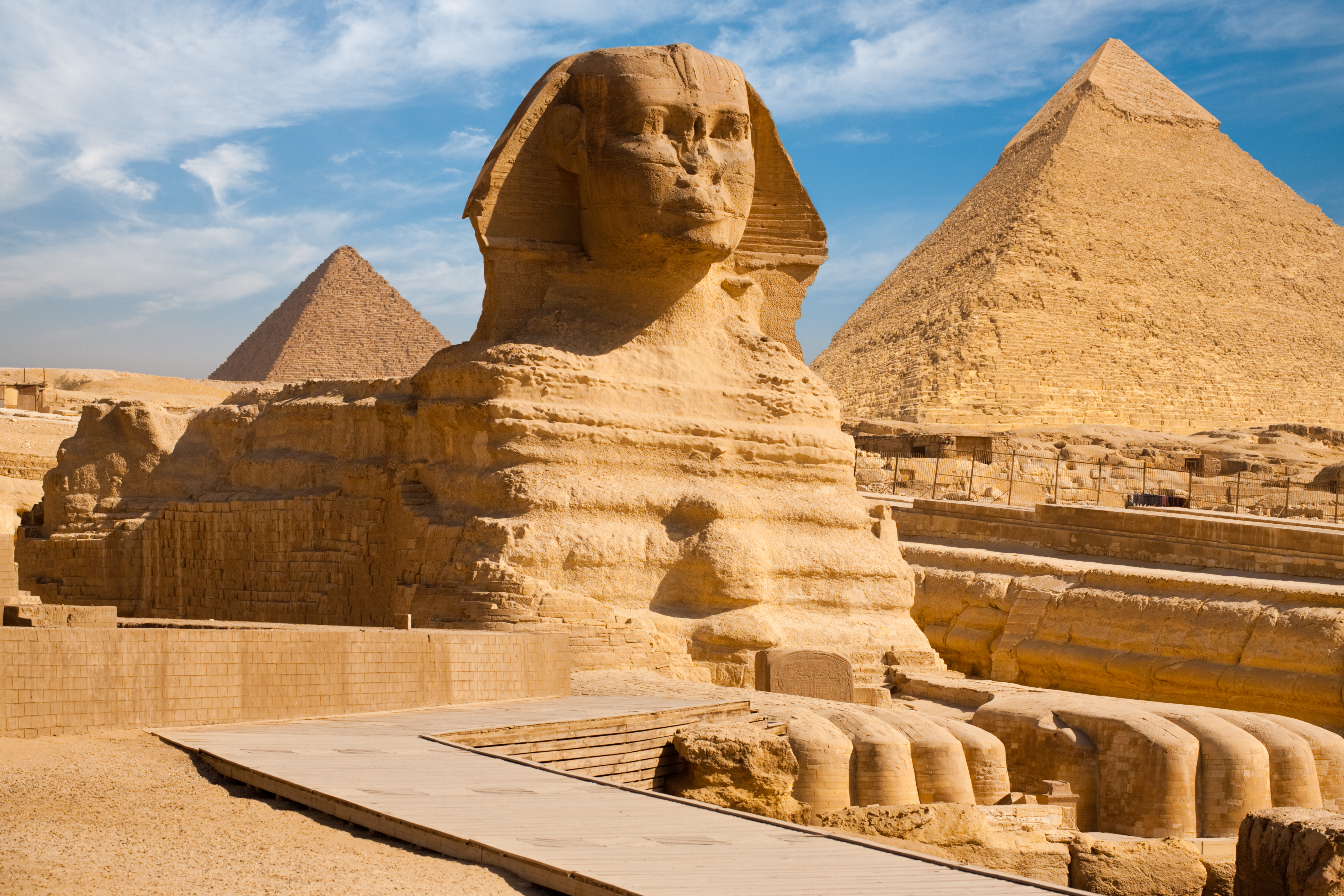
Thanks to scientific discoveries, we can uncover new information about long-standing mysteries.
One of these mysteries is the Great Sphinx in Egypt's Giza, and a recent study might have revealed the history of how this ancient limestone landmark was created.
A fresh theory about the famous Sphinx in Giza suggests that the main culprit for its shape might be the dusty desert winds.
Researchers from New York University conducted a study to test the wind theory, which has been around since 1981.
They used this method to create small, lion-like sculptures from clay, believing it could have been applied on a much larger scale in ancient times.
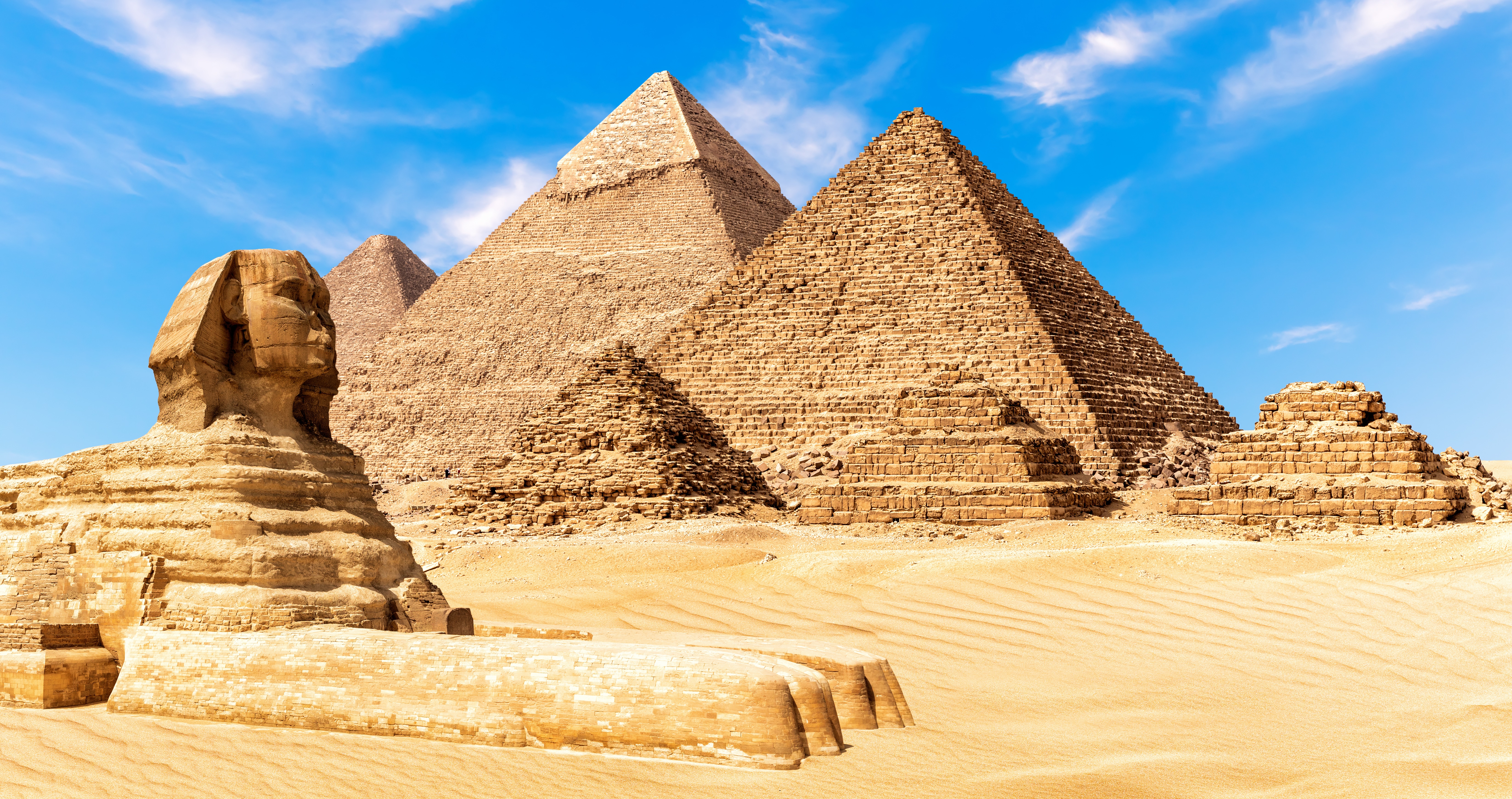
The scientists mixed soft clay with harder, more resistant material to mimic the Egyptian desert conditions of the past.
They then exposed the replica sculptures to a rapid stream of water to simulate the effects of wind, resulting in the creation of impressive lion sculptures.
This experiment led them to strongly believe that the natural shape of the rock in the area could have inspired the Egyptians to fashion the Great Sphinx.
Lead author of the study Professor Leif Ristroph said: “Our findings offer a possible 'origin story' for how Sphinx-like formations can come about from erosion.”
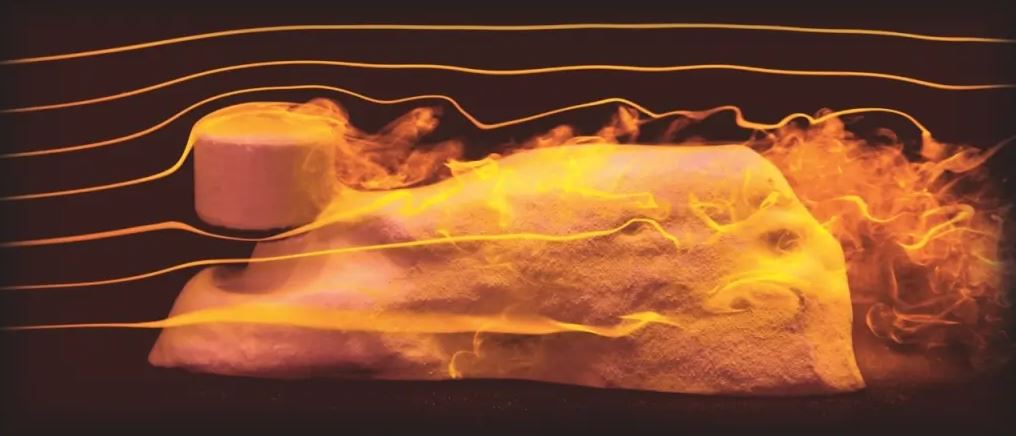
“Our laboratory experiments showed that surprisingly Sphinx-like shapes can, in fact, come from materials being eroded by fast flows.”
In this process, the tougher material transformed into the head, while the softer clay molded more quickly into the neck, paws, and back of the sculpture.
The university research team used contemporary examples of similar sculptures formed through erosion to back up their discoveries.
The groundbreaking theory was initially proposed by geologist Farouk El-Baz more than four decades ago.
He believed that the Sphinx was originally a massive rock that gradually eroded over time and was then sculpted into its current form.
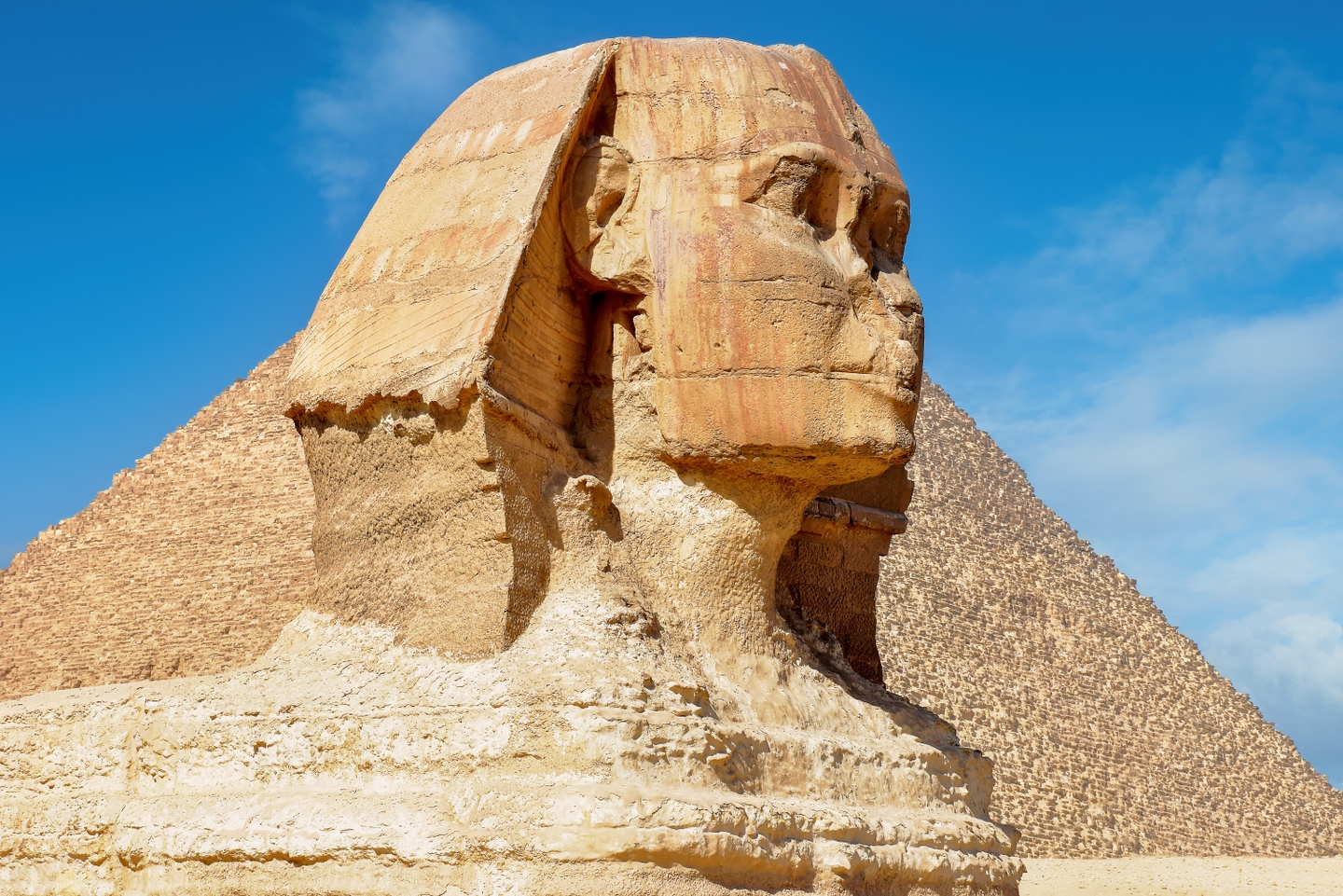
El-Baz, a former NASA scientist, maintained his beliefs since the 1980s and stated in 2011 that the precise shape of the Sphinx was a highly ingenious design.
A statement by the geologist said: “Today, the pyramids of Giza exist in perfect harmony with their windy environment.”
“Had the ancients built their monuments in the shape of a cube, a rectangle, or even a stadium, they would have been erased by the ravages of wind erosion long ago.”
Historians generally concur that the intricate details on the sculpture, such as the face and feet, were most likely meticulously hand-carved by skilled stonemasons.
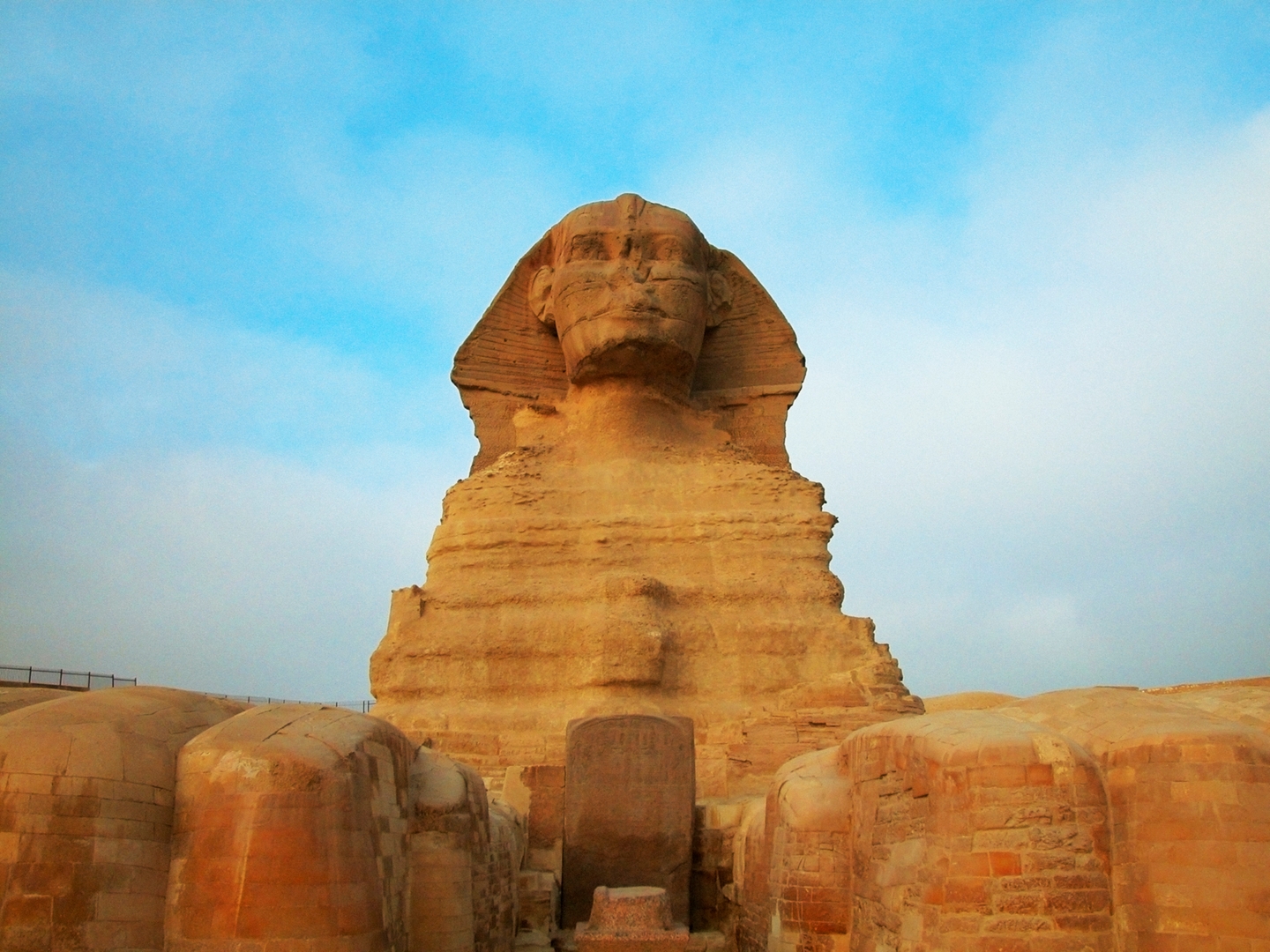
One ongoing enigma is the true identity of the Sphinx. Researchers have been pondering whether it represents a human, an animal, or perhaps a combination of both for quite some time.
El-Baz shared his thoughts, saying: “The ancient engineers may have elected to reshape its head in the image of their king.”
“They also gave it a convincingly lion-like body, inspired by forms they encountered in the desert. To do so, they had to dig a moat around the natural protrusion.”
The Great Sphinx is commonly believed to represent King Khafra with a lion's body. Some suggest that Djadefre, Khafra's brother, constructed the Sphinx in honor of their father, Khufu. If this were the case, the Great Sphinx would have been built between 2550 BC and 2450 BC.
Surprisingly, the Great Sphinx wasn't discovered until 1817 when an excavation team uncovered its massive chest. It took another 70 years for the entire structure to become fully visible.
In recent years, there have been numerous rumors about the discovery of other colossal sculptures in Egypt. Last year, two huge limestone statues of an ancient Egyptian ruler were unearthed, believed to have been created for King Amenhotep III and found in his mortuary temple, known as the "Temple of Millions of Years."
Egypt's tourism board faced criticism from archaeologists for announcing the discovery of a second Sphinx statue, which was later debunked as "completely untrue" and deemed a ploy for media attention.
In October, an ancient tomb containing the "Book of the Dead" and mummified bodies dating back 3,400 years was found in the Tuna El-Gebel necropolis in southern Egypt.
This burial site is believed to contain the remains of high-ranking officials and high priests from Ancient Egypt's New Kingdom.
Earlier in the year, a 4,500-year-old chamber inside one of the famous Great Pyramids was also unveiled.
The hidden passage measures about 30 feet in length and over six feet in width, yet its destination remains a puzzle.
This discovery was disclosed as part of the Scan Pyramids project, which commenced in 2015.

